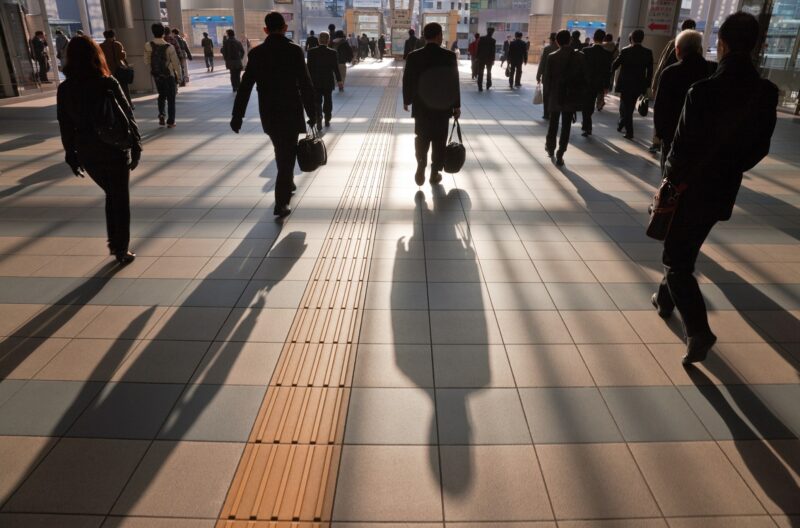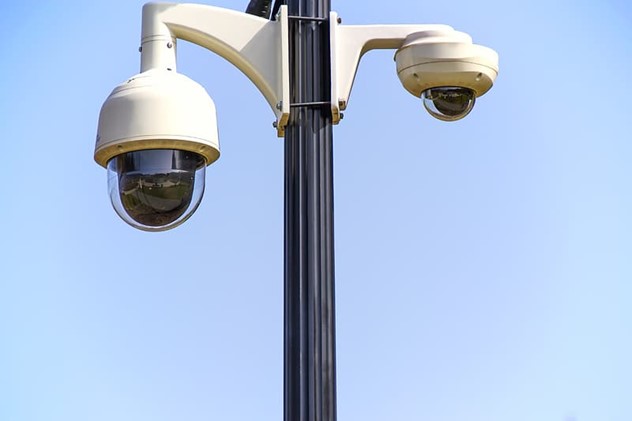Commercial Burglary
As the end to the year approaches many property and facility managers will already be thinking of Christmas. They will also be mindful of the risks to commercial property during this period, especially if the building they are responsible for is going to be unattended for the duration. This could include factories and industrial estates where few people will venture during the holiday period. These quieter than normal business areas provide the perfect opportunity for criminals.
Business burglaries are seen as easy targets for thieves because, depending on the type of business, they are generally less secure than homes. Whether it’s shopping centres, offices, or leisure centres; none are immune to crime. According to UK crime stats, there were 20,506 burglaries alone in December 2020, including domestic and commercial break-ins.
In recent news, a garden machinery and power tools showroom in Enniskillen in County Fermanagh, Northern Ireland was burgled. The Police Service of Northern Ireland said: “Approximately £25,000-worth of items have been taken”.
Whilst an Italian gang suspected of stealing £26m worth of cash and jewellery, and being responsible for several other London raids, have been caught by the Met Police in Milan. When police caught up with the thieves, they greeted detectives by saying: “We’re amazed you caught us”.
These offences demonstrate how common burglaries are at this time of the year. Commercial burglaries are lucrative for criminals because what they can steal in terms of equipment and stock is likely to be several times more than what they would generally find at a residential property.
According to an RSA survey 1 in 5 businesses will be negatively affected by crime – making security a crucial consideration to minimise loss, damage, and danger from opportunists. How do you deter burglars and make your property safer?
Read on to find out the types of commercial burglaries.
Types of Commercial Burglaries
The Metropolitan Police categorises commercial burglaries into three broad types:
Smash and Grab
As the name suggests this is an aggressive form of illegally entering a property, where criminals proceed to grab whatever valuables, they can lay their hands on.
This is one of the most common types of burglary with shopping centres and out of town shops their target, other businesses can be just as vulnerable.
According to the police stolen vehicles may be used to smash into the premises so criminals can force their way inside quickly. This is also known as ram raiding.
Opportunistic
Burglars are opportunists and given the chance they will take advantage. Since this isn’t planned the criminals act with haste and grab whatever they can. They might smash a window and steal the valuables displayed. Shopping centres and out of town shops are the main target although restaurants and offices can also be susceptible.
Sophisticated
This type of burglary is meticulously planned and follows careful observation of the premises. There may be an element of insider knowledge too. This type of burglary involves overcoming locked doors and possibly disabling the alarm to gain access to steal high value goods. Offices, leisure centres, shopping centres and warehouses are the main targets.
Commercial Burglary Deterrents
It is difficult to know what the right level of protection is for your building. Many business premises opt for CCTV, but how effective is it? The College of Policing recently published its review into the effectiveness of CCTV, particularly against crime, and its studies were inconclusive. “Overall the evidence suggests that CCTV has reduced crime, but there is some evidence that it has increased crime.”
Every CCTV brand claims their cameras are HD and provide crisp images, however unless the criminal has stood directly under the camera, the images in most cases will be grainy or blurry. What is required is facial recognition CCTV.
If you’re responsible for the security of a building in a low crime, well-lit area then facial recognition CCTV as a standalone solution is a good option for preventing opportunistic theft. However, CCTV as a standalone solution for larger premises is inadequate without some form of physical security. This is because burglaries on larger premises tend to be planned and detection can be more easily avoided in bigger spaces.
If your intent on using CCTV as a standalone solution, consider the use of remote monitoring services and signage identifying that CCTV on-site is monitored 24-hours. Nothing keeps burglars away as much as the fear of being watched. However, it is our recommendation that large sites have highly visible SIA security officers and NASDU guard dogs during the Christmas period.
One of the many advantages of using security officers is that they’re able to proactively patrol the premises, removing loiterers on the fringes of the property and deal with potential threats immediately. Where there is a threat, officers are trained in conflict management. Officers who catch criminals in the act can use reasonable force against a violent and aggressive person. In this situation officers may restrain a violent person by performing a citizen’s arrest using handcuffs.
There is no way to completely stop criminals breaking into your premises, however if your security measures are sufficient and there is a possibility they may be caught, they will stay away.



